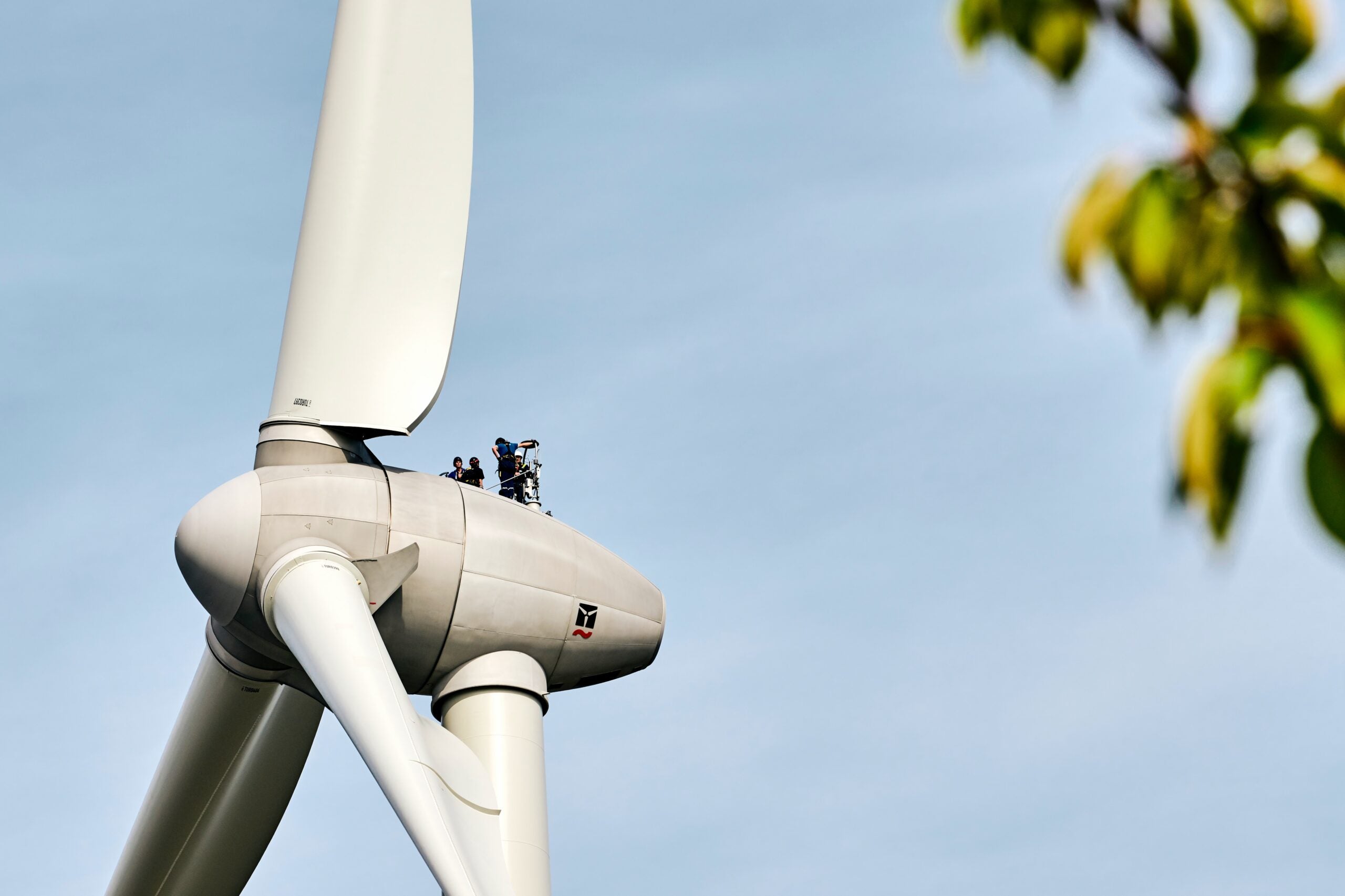
The research team from the School of Engineering, Computing, and Mathematics, led by Professor Iakovos Tzanakis, conducted an in-depth study with more than 11,500 hours of computer simulation.
It has shown that wind farms can perform better when substituting traditional propeller type Horizontal Axis Wind Turbines (HAWTs), for compact Vertical Axis Wind Turbines (VAWTs).

Discover B2B Marketing That Performs
Combine business intelligence and editorial excellence to reach engaged professionals across 36 leading media platforms.
When VAWTs spin around an axis vertical to the ground, they exhibit the opposite behaviour of the well-known propeller design. The research has also found that VAWTs increase each other’s performance when arranged in grid formations, so positioning wind turbines to maximise outputs is critical to wind farm design.
Professor Tzanakis said: “This study evidences that the future of wind farms should be vertical. VAWTs can be designed to be much closer together, increasing their efficiency and, ultimately, lowering the price of electricity. In the long run, VAWTs can help accelerate the green transition of our energy systems, so that more clean and sustainable energy comes from renewable sources.”
With the UK’s wind energy capacity expected to almost double by 2030, the findings that large-scale VAWTs might outcompete current HAWTs for the first time are crucial to improving renewable energy prospects.
According to the ‘Global Wind Report 2021’, countries need to be installing wind power three times faster over the next 10 years to meet net-zero targets and avoid the worst impacts of climate change.

US Tariffs are shifting - will you react or anticipate?
Don’t let policy changes catch you off guard. Stay proactive with real-time data and expert analysis.
By GlobalDataJoachim Toftegaard Hansen, lead author of the report, said: “Modern wind farms are one of the most efficient ways to generate green energy; however, they have one major flaw – as the wind approaches the front row of turbines, turbulence will be generated downstream. The turbulence is detrimental to the performance of the subsequent rows.
“In other words, the front row will convert about half the kinetic energy of the wind into electricity, whereas for the back row, that number is down to 25%-30%. Each turbine costs more than £2 million/MW. As an engineer, it naturally occurred to me that there must be a more cost-effective way.”
The study analyses various aspects of wind turbine performance, including array angle, direction of rotation, turbine spacing, and a number of rotors.



